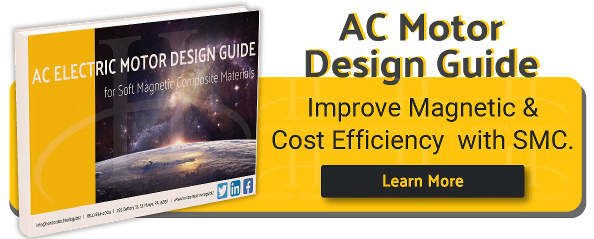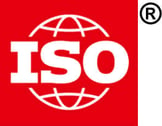The path designers take to make the best metal component possible is always changing as new avenues of technology open. Notably, more product makers of today are acknowledging the advantages of using powder metallurgy in what were traditionally die casting applications.
Modern-day powder metallurgy (PM) is proving to be a reliable, low-cost alternative. Many effective and efficient examples of powder metallurgy products can now be found in industries such as:
If you’re an engineer or purchaser carefully considering a move from die casting to powder metallurgy for a component, make sure the result will meet your application’s needs while staying within budget. Here are some helpful steps to follow when making a switch that could be a game-changer for your end product’s cost and performance:
5 Ways to Use the Advantages of Powder Metallurgy in Traditional Die Casting Applications
Step 1: Make sure PM’s a good fit for you.
The first step is to carefully weigh the disadvantages and advantages of powder metallurgy vs. die casting.
Powder metal is known for providing:
- Shape flexibility
- Material flexibility
- Part uniformity
- Cost efficiency
You may remember the old standby die casting applications: toy cars, sink faucet parts, rods in two-stroke engines, connector housings, and so on. Today, the disadvantages of die casting, especially compared with powder metallurgy, make casting a moot point. These issues include:
- The need to verify part integrity after production due to a lack consistency during formation
- Problems adjusting cooling rate, which can result in a lack of control over microstructure
- Decreased flexibility in material use due to the low melting temperature requirement
The big question your engineering team needs to ask is, “Would our current way of doing things be improved properties-wise by switching to PM?”
Step 2: Look for secondary operations to shave off.
Another disadvantage of die casting is that it often requires secondary machining operations after the initial component is formed.
Powder metallurgy can reduce or even eliminate the need for secondary operations by producing net shape parts that are at, or very close to, final dimensions. This can be a cost- and time-saving godsend.
Step 3: Decide which properties mean the most to you.
Efficient communication with your manufacturer is a key factor in switching from die casting to powder metallurgy.
Take the time to consider which properties are most important to your application. Is it:
- Hardness?
- Strength?
- Magnetic qualities?
- Unique geometry?
- Something else?
Specifically convey them to the powder metal parts manufacturers you are considering. If they don’t have the materials or production capabilities to improve your part, don’t move forward with them.
Step 4: ID & consult with an advanced powder metal parts maker.
Hopefully you can decide on a top powder metallurgy company that will become not just a manufacturer, but a design partner as well. A good one will be able to help with the creative process, and be flexible enough to match its processes and materials to your metal powder products.
From there, get your manufacturer in the loop ASAP in terms of:
- Your desired properties
- Your specs and tolerances
- Certifications or standards you need to meet
- Any other custom requests
Your powder metallurgy manufacturer may spot design-for-manufacturability issues. It may also spot an opportunity for a unique material or an advanced process like high-temperature sintering. Exciting, right?
Step 5: Clearly convey your budget and lead time.
For the most efficient working relationship, you want to clearly convey all of your needs right up front.
Let your PM partner know about any tight time frames or budget requirements.
This makes sure there are no surprises for anyone, and that your supply chain remains smooth.
New Breakthroughs Await
Powder metallurgy has replaced many of yesterday’s die casting applications. With the help of a respected manufacturer of complex powder metal parts, you can reduce costs and boost performance in your product. And isn’t that the joint goal of every engineering and purchasing department?
Click below if you want to check out some of the exciting, new materials PM manufacturers are using to make new breakthroughs:



